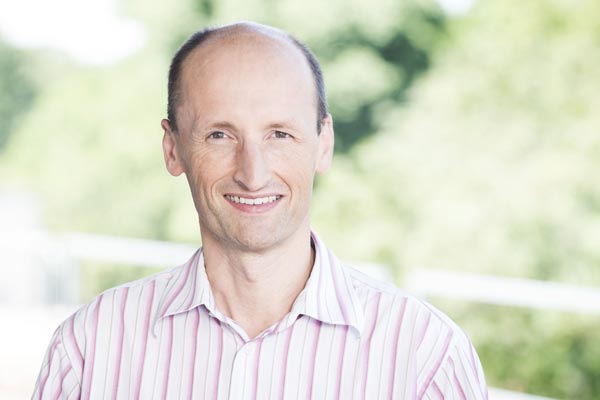Quantum information processing with scalable semiconductor spin-qubit chips
Dominic Barthlott — Hector Fellow Wolfgang Wernsdorfer
Quantum computing has the potential to provide speedups for classical problems such as complex simulation, optimization and cryptography tasks, but requires scalable and reliable qubit technologies. Semiconductor spin qubits combine long coherence times with established industrial fabrication techniques. This project focusses on implementing high-fidelity two-qubit gates, which are then expanded to multi-qubit arrays and quantified by applying quantum information algorithms together with rigorous benchmarking.
Compared to other quantum platforms, semiconductor spin qubits offer the major advantages of being able to resort to industrially established fabrication methods while still exhibiting long coherence times in the order of milliseconds. These features have the potential to serve as a cornerstone for reliable quantum information processing. However, the current main challenge in this field lies in scaling up the number of qubits in a computational device while preserving the qubits’ properties.
In this project, the qubits are defined by single-electron spins confined in silicon quantum dots of Si/SiGe devices. They are industrially fabricated using CMOS-compatible processes in collaboration with the semiconductor research facility IMEC in Belgium. These high-quality devices form the foundation for establishing high-fidelity two-qubit gates as a first step. Building on this, the architecture is going to be expanded to multi-qubit arrays that allow the study of uniformity and error propagation in larger systems.
The performance of these devices is not only going to be validated by testing the physical layout but also with basic quantum algorithms. Consequently, the algorithms are going to be quantified with rigorous benchmarking techniques such as randomized benchmarking and noise spectroscopy.
By combining industrial-grade semiconductor fabrication with optimized control methods, this project directly tackles the challenge of scalability in semiconductor spin-qubits by extending the architecture to multi-qubit arrays. In this way, this work is going to contribute to foundational steps in the field of quantum technologies with scalable semiconductor spin-qubit devices.
3D model of a Si/SiGe device with electrons of the spin qubits trapped in quantum dots (Source: https://doi.org/10.1038/s41534-025–01016‑x)

Dominic Barthlott
Karlsruher Institut für Technologie (KIT)Supervised by

Wolfgang Wernsdorfer
Physics & Chemistry
